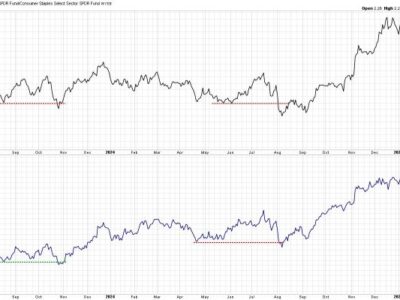
During the pandemic, Senator Mark Warner (D‑VA) released a video showcasing his tuna melt recipe—complete with a surprising amount of mayonnaise and heated in a microwave (no judgement). The “unhinged” recipe video went viral and three years later, Washingtonian sat down with Senator Warner to have him taste‐test seven tuna melt sandwiches from DC and Virginia restaurants.
Senator Warner’s tuna‐melt obsession reminded me of a tariff reclassification case I read about last year. Starkist Co. is well‐known for its single‐serve pouches of tuna and argued to the Federal Circuit that its tuna‐in‐mayo imports should qualify for a 10 percent tariff over the 35 percent tariff that Customs and Borer Protection assessed on the imports. The lower tariff rate applied to “minced tuna products,” and the higher tariff to unminced tuna packed in oil. However, after scrutinizing the “tuna‐chopping process,” a three‐judge panel decided that Starkist’s tuna products were too chunky to be considered minced. Starkist also argued that the tuna could not be considered as “packed in oil,” and should at least qualify for the 6 to 12.5 percent tariff applied to tuna imports not packed in oil. The tuna products contain oil but Starkist insisted that to be considered “packed in oil,” the tuna needed to be placed in oil while it is packed (seems logical) but the judges disagreed, stating that the “statutory authority explicitly states that for the term ‘in oil’ to apply, it matters not whether the oil was added during preparation or in the packing process.” In the end, the judges decided that Starkist’s tuna products neither qualified as “minced” nor “not packed in oil” and the 35 percent tariff charged on imports of their products stands.
Perhaps you’re wondering why this case matters. Well, it points to a very interesting characteristic of the U.S. tariff schedule, which is that imports are disaggregated so extensively as to differentiate products as narrowly as “chunky” versus “minced,” “packed in oil,” versus “not packed in oil,” and applying different tariff rates to them. The origin of the U.S. tariff schedule’s detailed classifications is explored in this excellent paper.
In other news, the Department of Commerce also recently initiated a trade remedies investigation into tin mill products (used to make cans) from Canada, China, Germany, South Korea, the Netherlands, Taiwan, Turkey, and the UK. The proposed duties range from 13.8% to 296.04% and would apply to more than $1 billion worth of imported tin mill products. A new study estimates that these duties would increase prices of canned goods by as much as 30 percent!
So it’s a double whammy for bad trade policy on that all‐important tuna for Senator Warner’s favorite sandwich.








